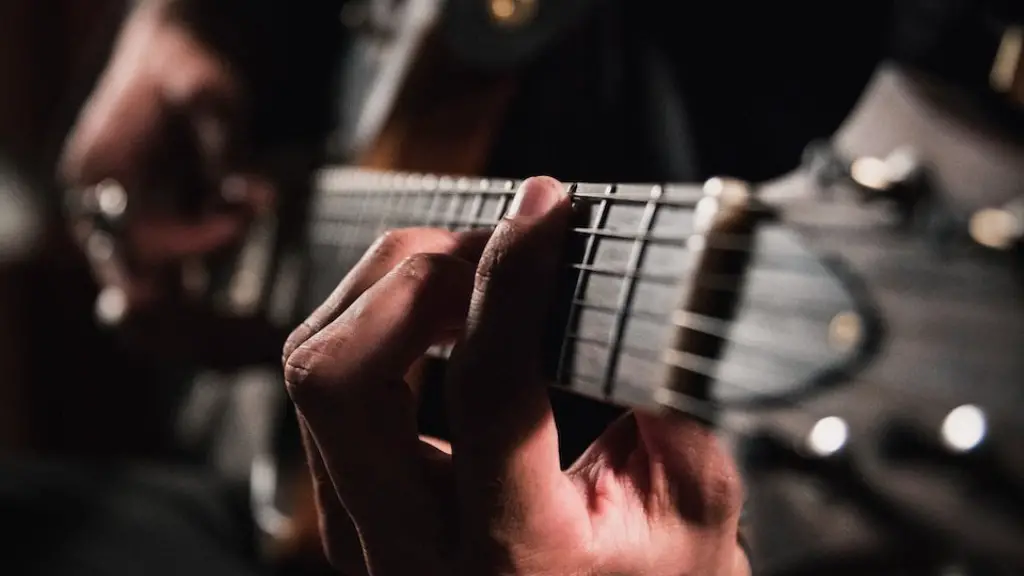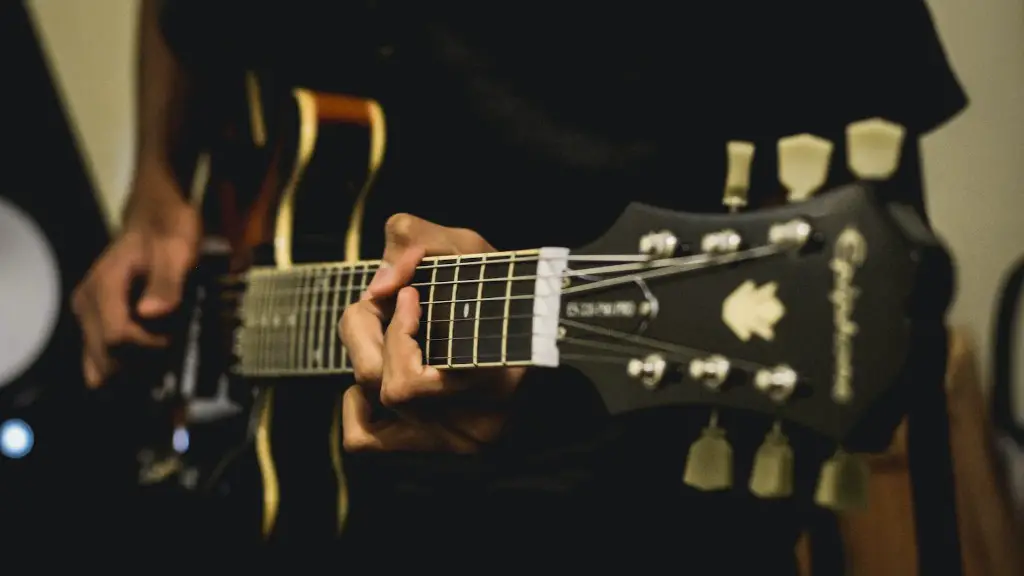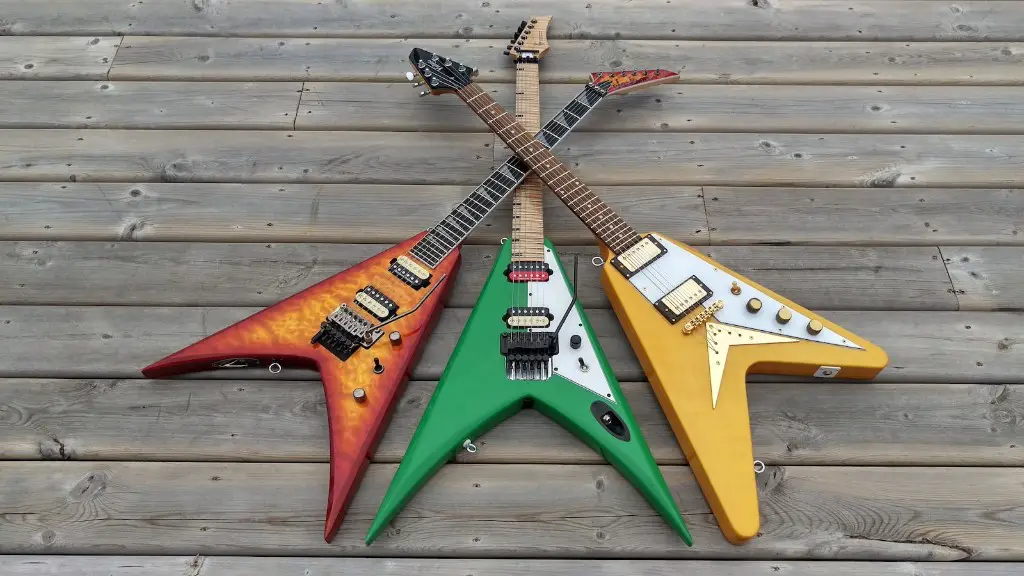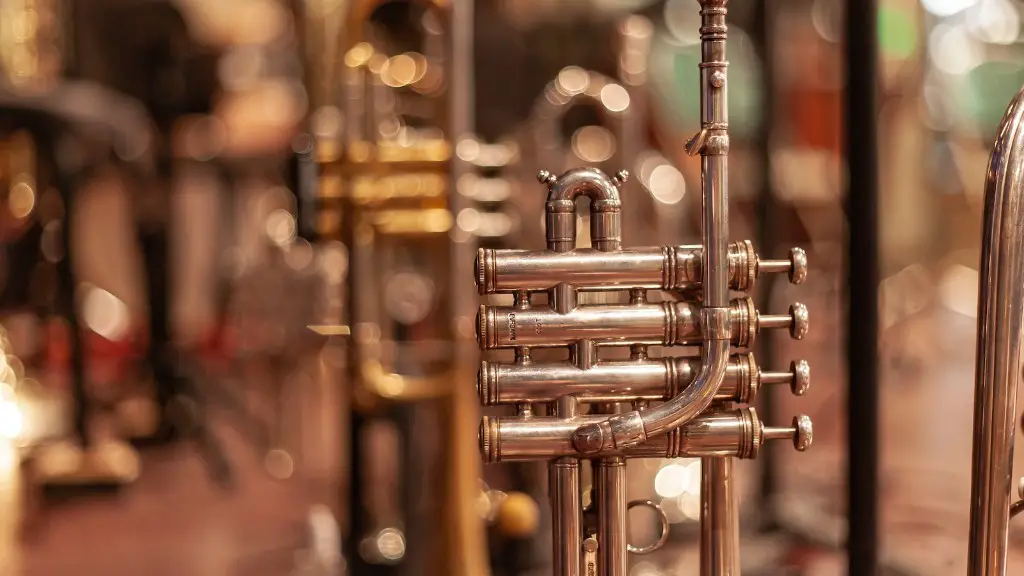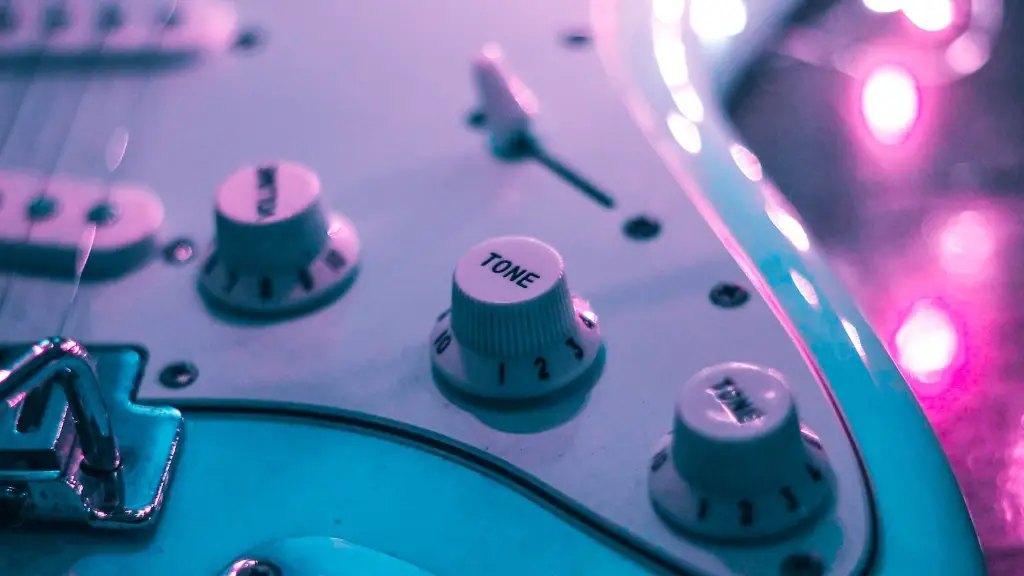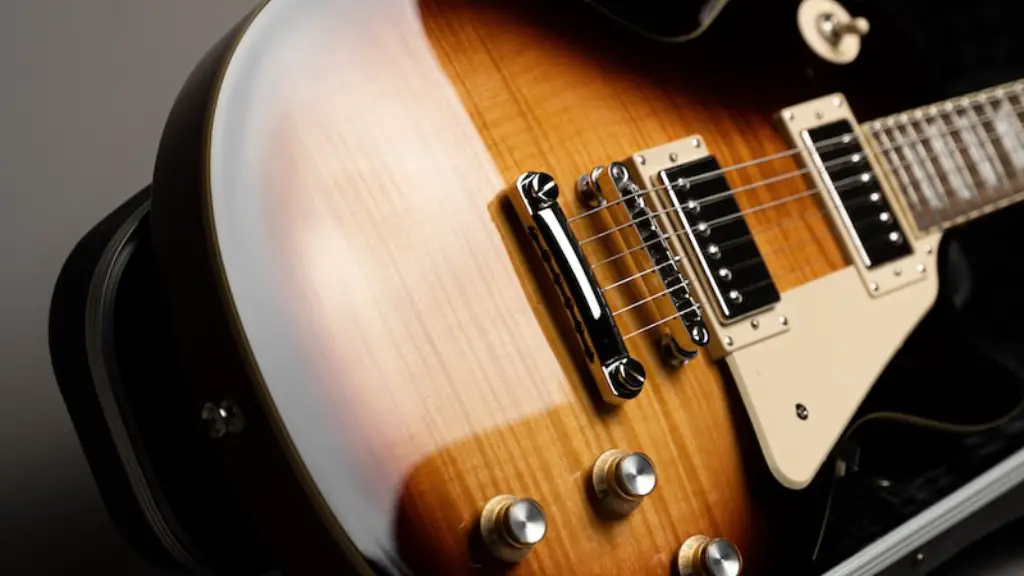Electric guitar has been a popular instrument for decades, and the sound it produces can vary greatly depending on how it’s played. Whether you’re a beginner or an experienced guitarist, learning how to make different sounds on electric guitar can be an exciting journey.
The electric guitar works by using pickups that detect string vibrations and amplify them through a speaker. This means that the sound of the electric guitar is determined by the type of pickups used and how they are used to create a unique sound.
To make different sounds on your electric guitar, you can experiment with different pickup configurations and effects pedals. You can also try playing with different techniques such as string bending, vibrato, and palm muting. Experimenting with different combinations of these techniques will help you create unique sounds on your electric guitar.
Aside from experimenting with pickups and effects pedals, you can also use various types of amplifiers to shape the sound of your electric guitar. Different amplifiers have their own unique characteristics that will affect the tone of your instrument.
By exploring all the possibilities available to you, you can learn how to make different sounds on your electric guitar and explore new ways to express yourself through music.
How to Use the Right Guitar Strings
The type of guitar strings you use can make a big difference in the sound you produce. Heavy gauge strings will produce a thicker, heavier sound while lighter strings will yield a brighter, crisper tone. Acoustic guitars usually require heavier strings than electric guitars. For electric guitar players, experimenting with different string gauges is a great way to find the sound that best suits your playing style.
When it comes to electric guitar strings, the most popular gauges are .009, .010, and .011. The higher the number, the thicker the string and the heavier the sound. Thinner strings (.008) tend to give more clarity and brightness but may be too light for some players. Lighter gauge strings can also be more difficult to play on an electric guitar with high action.
Changing out your guitar strings regularly is important for maintaining good tone and playability. When they become dull or rusty they can affect your sound quality as well as intonation and tuning stability. It’s also smart to keep an extra set of replacement strings on hand in case you break one during a gig or practice session.
How to Adjust Volume and Tone Controls on Electric Guitar
Guitarists can create a wide range of sounds by adjusting the volume and tone controls on their instrument. Volume controls are typically located near the bridge of the guitar, while tone controls can be found near the neck. To create a softer sound, turn down the volume control and adjust the tone control to get a balanced sound. For a louder sound, turn up the volume and adjust the tone control to your desired level.
When playing lead guitar, it may be helpful to adjust both controls simultaneously for more precise sound shaping. Increase both volume and tone for a more powerful soloing sound, or decrease both for a softer rhythm guitar part. Experimenting with different combinations will help you find the perfect sound for your style of playing. Always remember to use your ears: if it doesn’t sound right, keep adjusting until you get it.
Playing with Different Guitar Effects Pedals
Electric guitar players have a world of sonic possibilities available to them through the use of various guitar effects pedals. From mild to wild, these pedals offer a variety of ways to shape and color your sound. To get the most out of your effects pedals, it’s important to understand how each one works and how they can be used together.
Distortion and overdrive pedals are the two most popular types of effects used by electric guitar players. Distortion provides a crunchy, distorted sound while overdrive adds a milder form of distortion. Both types provide added sustain and volume, as well as other subtle nuances depending on the type of pedal used.
Delay and reverb are two more commonly used effects for electric guitar playing. Delay creates an echoing effect that can add depth and texture to your sound. Reverb adds a ‘room’ sound – natural reflections from walls, floors, etc – which can give your tone an expansive feel. Combining delay and reverb is often recommended for creating a bigger soundscape without being too overwhelming.
A few other popular effects that electric guitarists use include chorus, flanger, tremolo/vibrato, phaser, wah-wah, octave divider/pitch shifter, compressor/sustainer, EQ/tone control and volume/expression pedal. Each effect has its own unique characteristics that can be used in different ways to craft unique sounds. Experiment
How to Utilize Overdrive and Distortion Sounds
Guitarists have long used overdrive and distortion to create unique sounds. Overdrive is a form of distortion that adds a gritty, warm sound to the guitar’s tone. Distortion is a more intense form of overdrive, adding more crunch and sustain. By combining both effects, you can create a wide range of sounds.
To start, you’ll need an amp with an overdrive or distortion channel. You’ll also need an effects pedal with both types of distortion built-in. Experiment with the different settings and see what kind of sound you can create. Try adjusting the gain, tone, and volume knobs on your amp and pedal to get different sounds.
You can also use your guitar’s pickup selector switch to alter the sound even further. Make sure to keep your pickups clean; dirty pickups can muddy up the tone. Pickups closer to the bridge will give you more of a distorted treble sound, while pickups near the neck will give you more bass tones.
Finally, consider experimenting with pitch-shifting effects like phasers or flangers for even more sonic possibilities. When used together with overdrive and distortion, these effects can really make your guitar sing! Be sure to experiment with different combinations until you find something that works for you.
How to Play with Wah Wah Pedals
Wah wah pedals are essential for any electric guitar player who wants to explore the potential of their sound. With a wah pedal, you can instantly create a range of sounds from funky, vintage vibes to modern and unique effects. To get a great sound from your wah pedal, begin by adjusting the settings on your guitar’s amp and the position of the pedal. Adjusting the level of distortion and tone will give you the best results. Next, start experimenting with different techniques such as sweeping, filtering and vibrato. You can also use your wah pedal to create echoes or delay effects by using an expression pedal or footswitch.
Once you have mastered how to use your wah pedal, you can start focusing on creating specific sounds. Try using it to emulate horns or strings, adjust its speed according to the tempo of a song and be creative in shaping your tone. You’ll soon be able to create a range of unique sounds all from one little pedal, so keep practicing! With a little bit of experimentation, you’ll be able to make some truly memorable riffs with your wah wah pedals.
Create Harmonized Sounds with Octave Pedals
Octave pedals can add an extra layer of depth to your electric guitar sound. With a few simple techniques, you can use octave pedals to create unique and harmonized sounds. First, set the octave pedal to the lowest octave available. This will produce a deep and thick tone that can be used as a background for soloing. Next, select the higher octaves as needed to create different tonal textures. When playing chords, use the pedal’s harmony function to layer multiple voices in harmony with each other. Finally, experiment with delay effects and other modulation effects to create more complex sounds.
For even more sonic possibilities, try combining an octave pedal with a distortion or overdrive unit. This will allow you to get a crunchy and powerful sound that is great for leads. With the right settings, you can also take advantage of the octave pedal’s polyphonic capabilities and create some truly epic tones. Remember that practice makes perfect when it comes to using effects pedals, so don’t be afraid to experiment!
The Bottom Line
Electric guitar is an instrument that can produce many different sounds. Whether you’re a beginner or a pro, knowing how to make different sounds on the electric guitar can be a great way to expand your musical capabilities. To create different sounds on your electric guitar, you have to consider the type of pickups you use and the kind of amp you plug into. You also need to experiment with playing techniques like strumming, sliding, and muting. Finally, effects pedals are a great way to add more variety to your sound. With some practice and experimentation, you can become an expert at making different sounds on your electric guitar.
The possibilities for producing unique sounds with an electric guitar are truly endless!
